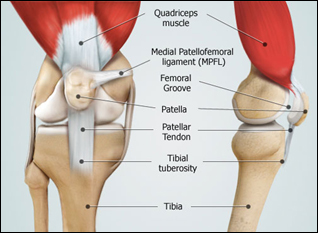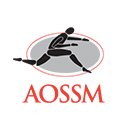Tibial Tubercle Osteotomy

Surgical technique
The procedure is performed under general anesthesia and you will be completely unaware of the surgery until you wake up in the recovery room. At first, knee arthroscopy will be performed to inspect the inside portions of the knee joint. It involves small incisions or portals through which small instruments are passed and a video camera is used to visualize the anatomy of the knee joint, evaluate patella cartilage and assess patella tracking.
Tibial tubercle osteotomy and transfer is done through an incision made in the front of your leg just below the patella. In osteotomy procedure, a periosteal incision of 8-10 cm length is made at a distance of 1cm medial to the tibial tubercle. With the help of an oscillating saw, a cut is made medial to the tuberosity and a distal cut is also made. The tapered design of the distal cut avoids the risk of tibial fracture. Similarly, a proximal cut is made using appropriate instruments such as curved osteotome or reciprocating saw. Then an osteotomy through the bone cortex is performed without cutting off the lateral periosteum. The lateral periosteum serves as a point of attachment for the osteotomy segment. By doing this, a tibial tubercle segment which is more than 2 cm in width, more than 1 cm in thickness and 8-10 cm length can be obtained. It should include all portions of insertion of the patellar tendon. The segment from the tibia is then levered using osteotome so as to provide access to the medullary canal of the tibia.
The osteotomy segment is then moved under direct vision into a position that assures proper tracking of the patella. The tracking pattern can be confirmed arthroscopically. The mobilized bone is then fixed into its new place using screws, which can be removed later if they cause irritation.
Post-surgery Care
You may have minimal to moderate knee discomfort for several days or weeks after the surgery. Oral pain medications will be prescribed that helps control your pain. Keep the operated leg elevated and apply ice bag over the area for 20 minutes. This decreases swelling as well as pain. You will have a leg brace which may be removed only while sitting with your leg elevated and when using the continuous passive motion (CPM) unit. Physical therapy exercises should be done as it helps in regaining mobility. Eat healthy food and drink plenty of water.
Risks and complications
Risks following tibial tubercle osteotomy surgery are rare but may include compartment syndrome, deep vein thrombosis, infections and delayed bone healing.





